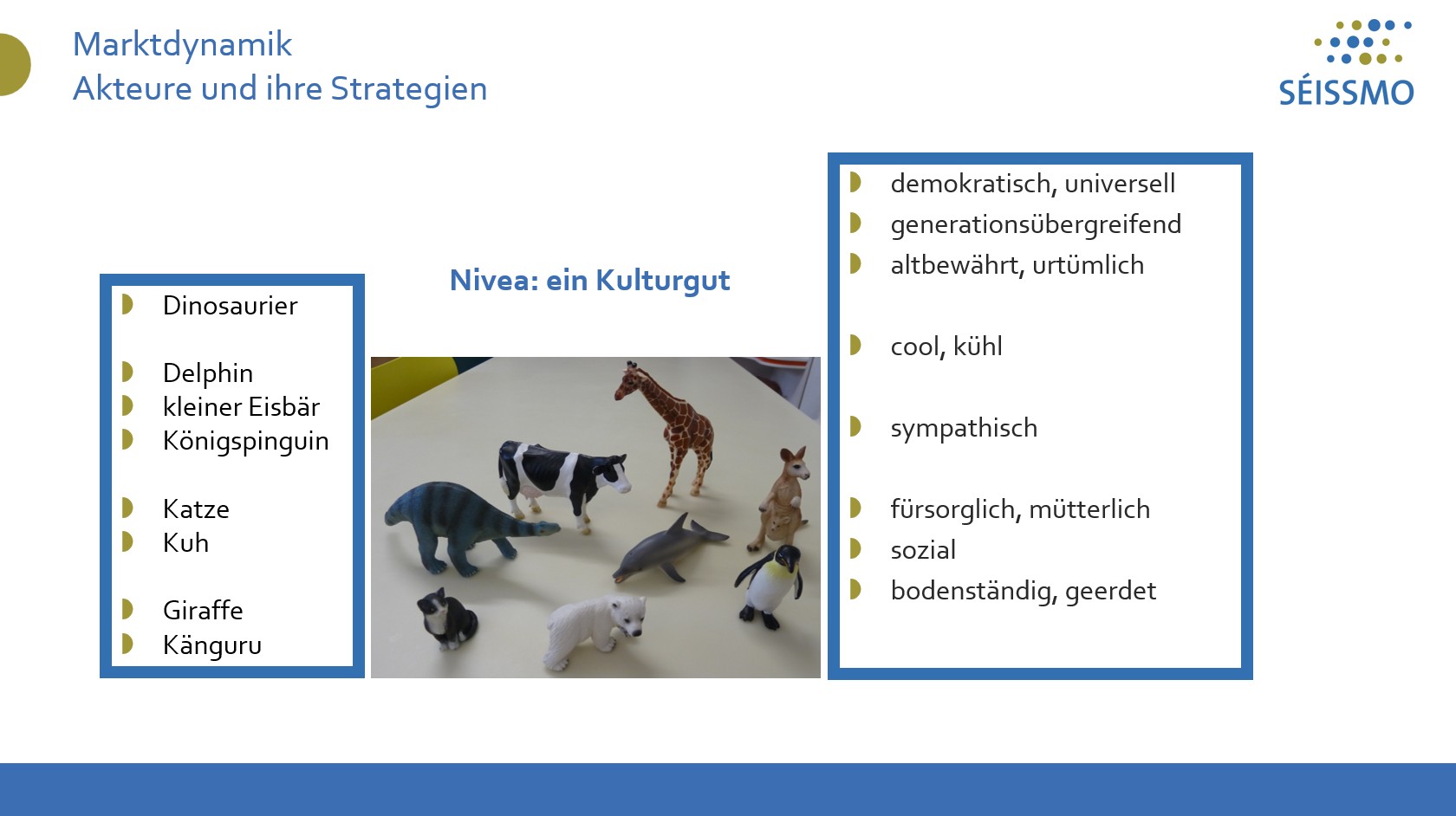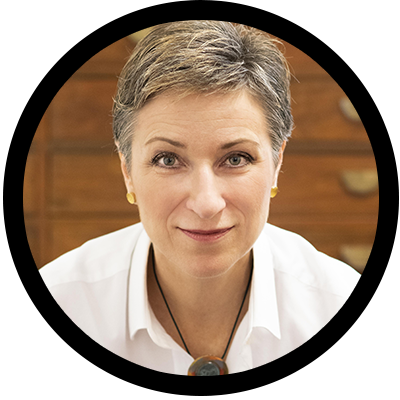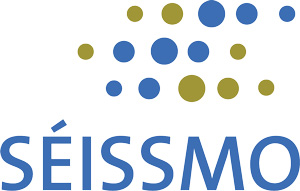Projective techniques
and provocative
questions in
qualitative research
Projective techniques are a form of 'covert' questioning. These methods of
questioning allow facts to be established by transferring (projecting) them
onto other people or objects, both real and fictional.

Projective techniques originate from tests that were originally developed for psychoanalysis and motivational research (e.g. Rorschach). They involve asking participants questions using mental images, metaphors, associations and comparisons, which by analogy reveal unconscious feelings and emotions that are difficult to verbalise.
It is the art of asking questions in indirect, roundabout and hidden ways. But what's the point? Is it really more effective than asking the question directly?
Helping to verbalise the subconscious
People are often unaware of how they behave or feel about certain issues, as this is largely unconscious. Projective techniques can be used when it is too complicated to respond explicitly.
They are used to:
- reveal the unconscious
- avoid rationalisation
- explore the imaginary and representations
- facilitate the expression of feelings, emotions and motivations
Some examples of projective techniques
We use the following projective techniques in in-depth interviews and group discussions (and many more):
- Chinese portrait: if this product/brand was an animal, a colour, music, a dish, etc. what would it be? Then explain participants their choice.
- Imagine and describe the typical consumer of this product/brand (describe them physically, their style of dress, their personality, their lifestyle, etc.) to understand how the brand/product is perceived.
- Planet exercise: if this brand were a planet, describe it (its atmosphere, its inhabitants, etc.)
- Party exercise: different competing brands in the same product category are invited to a party. Get participants to describe the different “guests”, their attitudes and their interactions to understand market dynamics and positioning.
- Collages: choose photos, images, materials that are reminiscent of a brand/perfume, etc. then explain the choices and what they evoke.

Only experienced moderators can use projective techniques
Read more on Exploratory Research
Text data mining, upcycling of existing reports
Free sorting/ Clustering of brands, categories and products
Related articles
The other 3 pillars of our research expertise
Brand & Strategy Research
- Advertising impact
- Product re-launches (360° marketing checks)
- Packaging
- Prices & promotion
- Marketing mix coherence, portfolio
alignment
Shopper Research
- Shopping experience (online and offline)
- Optimal layout, co-creation with Do-It-YourShelf
- Shopping mood, shopping mission
- Loyalty drivers
Product & Packaging Test
- Opportunities for adopting new concepts and ideas (both products and services); addiction factor
- New formulas, flavours, fragrances, textures, colours, shapes, dosage forms, handling, devices, packaging materials, service components, names, claims, etc.
- Customer & user experience

